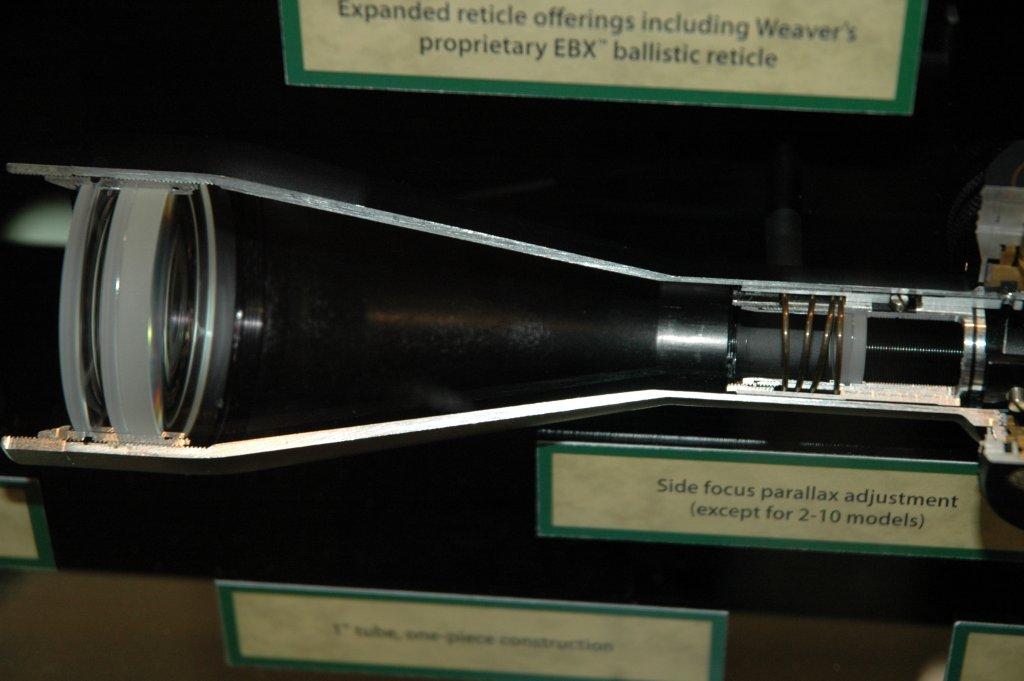Hi guys. I have a Vortex Viper PST gen2 5-25x50. I was wondering how the parallax setting mechanical works inside the scope. I am interested if its possible to "wear" any parts in the scope when dialing on the parallax setting? Is there any parts inside that is prone to wear if the parallax is dialed ALOT back and forth?
Peter
Peter



